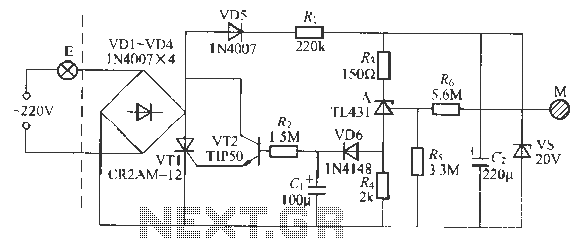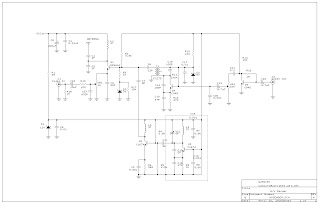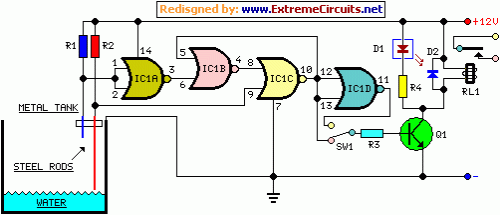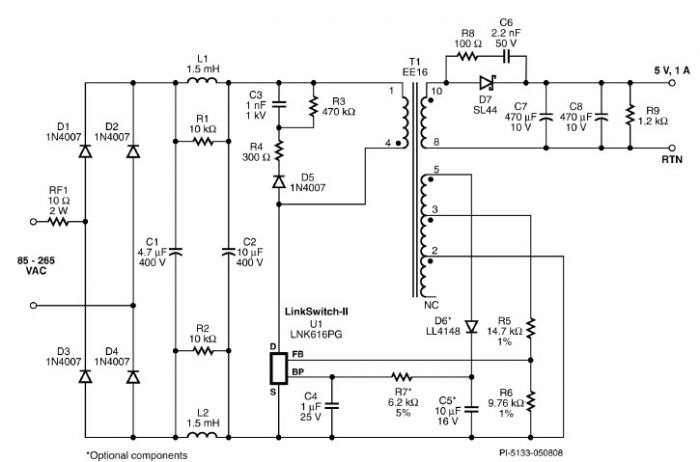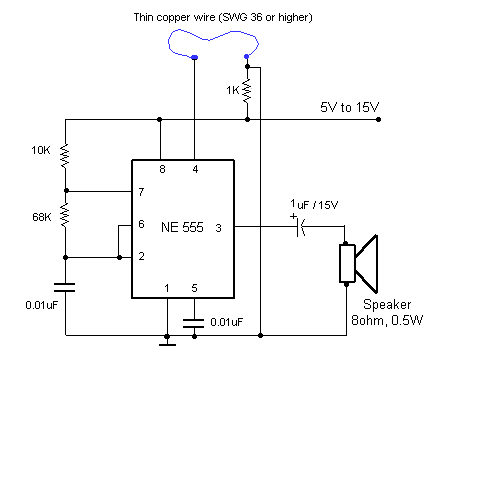
Watch Tick Timer Circuit
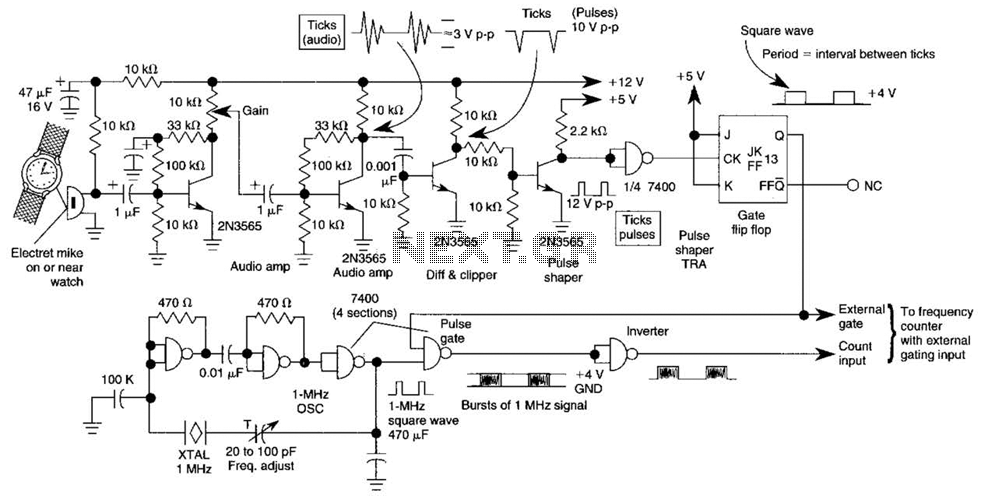
This circuit adapts a frequency counter to measure intervals. It was originally utilized as a shutter speed checker for photographic applications. The watch ticks are clipped, shaped, and formed into a square wave. This square wave is employed to gate an accurately known clock (1-MHz TTL XTAL OSC), and an external counter is used to directly count the clock pulses during the interval to be measured. A 1-MHz clock can measure with a resolution of 1, where accuracy equals the time base divided by 1 count LSB.
The described circuit effectively transforms time intervals into measurable electrical signals, allowing precise analysis of timing events. The core component, a 1-MHz TTL crystal oscillator (XTAL OSC), provides a stable and accurate time base. The oscillator generates a continuous square wave signal, which serves as the reference for timing measurements.
The circuit begins with the input of watch ticks, which are analog signals representing time markers. These analog signals are processed through a clipping and shaping stage, where they are converted into a clean square wave signal. This transformation is crucial as it ensures that the timing intervals can be accurately represented in a digital format suitable for counting.
Once the square wave is generated, it is used to gate the clock signal from the 1-MHz oscillator. The gating process allows the external counter to count the number of clock pulses that occur during the specific interval defined by the incoming square wave. This counting mechanism is vital for determining the duration of the measured interval with high precision.
The resolution of the measurement is determined by the frequency of the clock signal. In this case, the 1-MHz clock allows for a resolution of 1 microsecond, which is equivalent to one count in the least significant bit (LSB) of the counting process. This high level of accuracy makes the circuit suitable for applications requiring precise timing measurements, such as evaluating shutter speeds in photography.
In summary, the circuit is a robust solution for measuring time intervals, leveraging a combination of analog signal processing and digital counting techniques to deliver accurate and reliable results. This circuit adapts a frequency counter to measure intervals. It was originally used as a shutter speed checker for a photo application. The watch ticks are clipped and shaped and formed into a square wave. This square wave is used to gate an accurately known clock (1-MHz TTL XTAL OSC) and an external counter is used to directly count the clock pulses during the interval to be measured. A 1-MHz clock can be used to measure to a resolution of 1 Accuracy = time base 1 1 count LSB.
The described circuit effectively transforms time intervals into measurable electrical signals, allowing precise analysis of timing events. The core component, a 1-MHz TTL crystal oscillator (XTAL OSC), provides a stable and accurate time base. The oscillator generates a continuous square wave signal, which serves as the reference for timing measurements.
The circuit begins with the input of watch ticks, which are analog signals representing time markers. These analog signals are processed through a clipping and shaping stage, where they are converted into a clean square wave signal. This transformation is crucial as it ensures that the timing intervals can be accurately represented in a digital format suitable for counting.
Once the square wave is generated, it is used to gate the clock signal from the 1-MHz oscillator. The gating process allows the external counter to count the number of clock pulses that occur during the specific interval defined by the incoming square wave. This counting mechanism is vital for determining the duration of the measured interval with high precision.
The resolution of the measurement is determined by the frequency of the clock signal. In this case, the 1-MHz clock allows for a resolution of 1 microsecond, which is equivalent to one count in the least significant bit (LSB) of the counting process. This high level of accuracy makes the circuit suitable for applications requiring precise timing measurements, such as evaluating shutter speeds in photography.
In summary, the circuit is a robust solution for measuring time intervals, leveraging a combination of analog signal processing and digital counting techniques to deliver accurate and reliable results. This circuit adapts a frequency counter to measure intervals. It was originally used as a shutter speed checker for a photo application. The watch ticks are clipped and shaped and formed into a square wave. This square wave is used to gate an accurately known clock (1-MHz TTL XTAL OSC) and an external counter is used to directly count the clock pulses during the interval to be measured. A 1-MHz clock can be used to measure to a resolution of 1 Accuracy = time base 1 1 count LSB.
